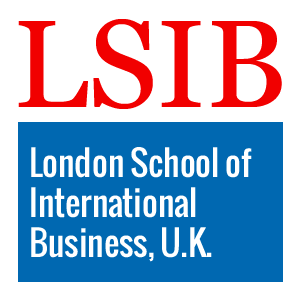Professional Certificate in Energy-efficient Windows and Doors
Published on June 24, 2025
About this Podcast
HOST: Welcome to the show, where we explore exciting courses and the insights they offer! Today, I'm thrilled to have [Guest] with us, an expert in energy-efficient windows and doors. Can you tell us a bit about your experience in this field? GUEST: Thanks for having me! I've been working with high-performance fenestration systems for over 15 years, helping builders and architects create greener buildings. HOST: That's impressive! Now, let's dive into the course 'Professional Certificate in Energy-efficient Windows and Doors.' It covers thermal performance, air leakage, and U-values. How important are these factors in real-world applications? GUEST: They're crucial! Thermal performance impacts a building's energy efficiency, while air leakage can lead to uncomfortable drafts and energy loss. U-values measure a window's insulation, so understanding these concepts helps create better-insulated, eco-friendly structures. HOST: I see. And what about window frame materials like vinyl, aluminum, and wood? How do they factor into energy efficiency? GUEST: Each material has its pros and cons. For instance, vinyl is cost-effective and offers good insulation, while aluminum is durable but has higher thermal conductivity. Wood, on the other hand, can provide excellent insulation but requires more maintenance. It's essential to consider these factors when designing energy-efficient buildings. HOST: Absolutely. Now, the course is ideal for architects, builders, contractors, and energy auditors. In your experience, what challenges do professionals face when implementing energy-efficient windows and doors? GUEST: Cost and lack of awareness are two significant challenges. While energy-efficient solutions can save money in the long run, the upfront costs can be prohibitive. Additionally, many professionals aren't well-versed in the latest energy codes and green building practices, making it difficult to adopt these technologies. HOST: That's insightful. As we look to the future, what trends do you see emerging in this area? GUEST: I expect to see more advancements in smart glass technology, which can adjust its tint and insulating properties in response to changing weather conditions. We might also see increased use of Passive House standards, which prioritize energy efficiency and indoor comfort. HOST: Fascinating! Well, thank you for sharing your expertise and insights with us today. I'm sure our listeners have gained valuable knowledge about energy-efficient windows and doors. GUEST: My pleasure! If you're interested in creating greener buildings, this course is an excellent starting point. Don't forget to explore the program and transform your understanding of energy-efficient building envelopes!
